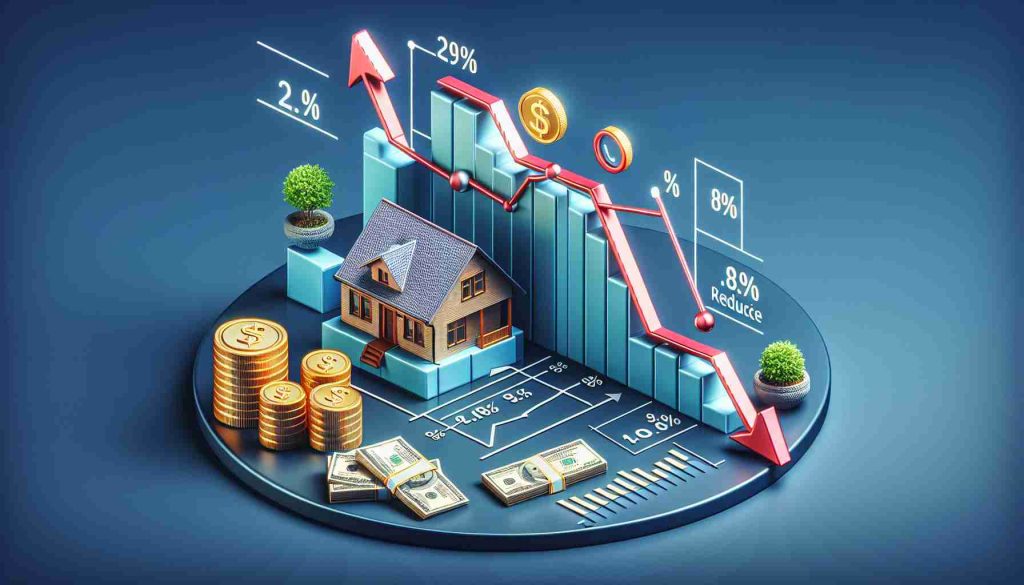The recent decrease in the Euribor rate in Spain has led to a significant drop in average mortgage costs for homeowners. This shift is a result of the European Central Bank’s decision to lower interest rates, providing relief to families with variable rate mortgages. The trend of declining Euribor rates is expected to continue, offering further savings to borrowers.
In August, the Euribor rate reached its lowest point of the year, hovering around 3%, marking a five-month streak of decreases. This downward trend is linked to the ECB’s efforts to stimulate the economy by making borrowing more affordable. If the ECB proceeds with additional rate cuts in the coming months, the Euribor rate is poised to benefit significantly.
The recent rate cut in August can be directly attributed to the ECB’s actions in June, signaling a proactive approach to economic challenges. While concerns about a looming recession initially caused market turbulence, the subsequent decline in the Euribor rate has helped stabilize the situation.
Overall, the sustained decrease in the Euribor rate is a positive development for mortgage holders in Spain, offering potential savings of up to 1,000 euros on property acquisitions. As the ECB continues to implement measures to support economic growth, borrowers can expect continued favorable conditions in the mortgage market.
The Impact of Euribor Rate Reduction on Mortgage Costs: Unveiling Further Insights
The recent downtrend in the Euribor rate following the European Central Bank’s decision to lower interest rates has not only brought relief to homeowners but also unveiled additional dynamics in the mortgage market. While the initial article highlighted the general benefits of the rate reduction, there are key questions that arise when delving deeper into this topic.
What are the most important questions associated with the impact of Euribor rate reduction on mortgage costs?
One crucial question is how long the trend of declining Euribor rates will persist and whether homeowners can rely on continued savings in the foreseeable future. Understanding the factors influencing the Euribor rate and its potential fluctuations is essential for mortgage holders to make informed decisions.
What are the key challenges or controversies linked to this topic?
One challenge is the possible impact of an unpredictable economic environment on the stability of mortgage costs. While rate reductions may initially benefit borrowers, unforeseen factors such as inflation or geopolitical events could pose challenges to the sustainability of these savings.
What are the advantages and disadvantages of the sustained decrease in the Euribor rate?
An advantage is that lower mortgage costs can free up funds for homeowners to invest in other areas or contribute to overall financial stability. However, a disadvantage could be the potential complacency that may arise if homeowners become overly reliant on continuously low rates without considering long-term financial planning.
As mortgage holders in Spain continue to experience the positive effects of the Euribor rate reduction, it is crucial to stay informed about the evolving economic landscape and its implications for mortgage costs. By closely monitoring market trends and seeking professional advice, homeowners can navigate the complexities of the mortgage market effectively.
Suggested related links:
– European Central Bank










More Stories
Game-Changer in Delivery! Glovo’s Bold Move Stuns Spain
Maximizing Returns Beyond Treasury Bonds
Exploring the Rising Trends in European Banking